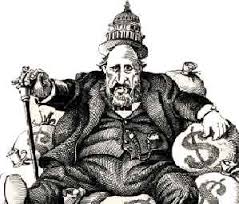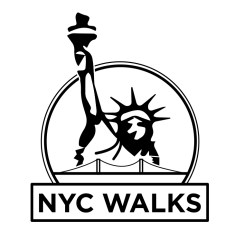Boss Bill Tweed

William “Boss” Tweed is a ghost that cannot go away. The Old New York County Courthouse at 52 Chambers Street renamed the Tweed Gallery and then renamed the Tweed Education Building, is his legacy. This building designed by John Kellum and Leopold Eidlitz (1861–81) was the first permanent government building erected by New York City after the completion of city hall in 1811. The courthouse was a grand Italianate monument with a long staircase facing Chambers Street. Architect John Waite guided its recent restoration. People declared that Tweed had to be present because the reconstruction of the building took four times as long as the park did.
William Tweed was a crooked version of John Lindsey during his day. He kept his people calm during the Draft Riots in July 1863, so virtually nobody died in the Five Points. He had been the sponsor or cosponsor in the creation of the American Museum of Natural History, the Central Park Zoo, the lengthening of Broadway from Twenty-third Street to Eighty-eighth Street, the Metropolitan Museum of Art, Central Park, the Brooklyn Bridge and the design of the Upper West Side.
At one point, Tweed was held on a bail equivalent to what would now be $3 million! When he fled from jail, he was recaptured in Spain thanks to a caricature of him drawn by Thomas Nast. He died in the jail on Ludlow Street where his spirit is said to roam the hallways of Seward Park High School built in place of the former jail.
Sometimes late at night, Bill Tweed, the boss of Tammany Hall, a Democratic Party political machine, can be seen striding the hallways of his crooked masterpiece now named in his honor. Between 1861 and 1871, he supervised the construction of the New York County Courthouse. The original cost of $250,000 zoomed to $7 million before scandal forced him out of office. When the scandal broke, the roof was not finished. As a result, it leaked until the 1950s, when it was finally completed.
Today, it is the home of the New York City Department of Education. The building is known as the Tweed Building, which is quite appropriate since Tweed had been involved in secularizing education. The New York Times crusaded against him when he got the textbook contract instead of them. His ghostly presence had been reported especially during times of scandal.
